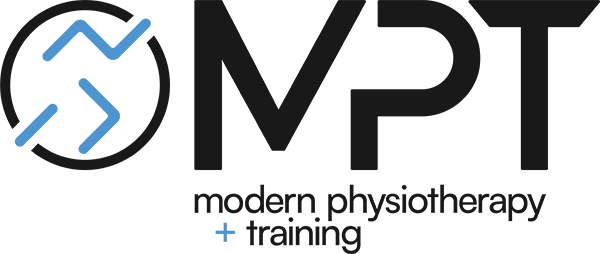Proximal Hamstring Tendinopathy (PHT) describes a condition in which the tendon that connects the hamstring muscles to our pelvis (ischium) become irritated, resulting in pain and limited function.
Most people will have a complaint of a well-localized deep buttock pain that can be aggravated by lunging, squatting, running (hills/sprinting), sitting, and stretching the hamstring.
Some people may also have some accompanying sciatic nerve irritation due to its anatomical proximity to the hamstring tendon.1
There are many extrinsic and intrinsic factors that can lead to the development of PHT.
Extrinsic Factors
- Training errors – increase volume/intensity too quickly
- Sudden introduction of new activity, Ex. sprints, lunging, hurdles, hill running
Intrinsic Factors
- Weakness in Glute and Adductor muscle groups leading to overloading of hamstrings
- Pelvic positioning during activity
Phase 1 Rehab
The initial phase of rehab for PHT involves offloading the irritated tendon and introducing Isometric loading exercises to build load tolerance. Any intrinsic factors should also be addressed during this phase.
Offloading techniques
- Modify sitting posture (elevated seat height, seat cushion)
- Limit aggravating activities – running, squatting, lunging
- Soft tissue work to reduce muscle tension
Build load tolerance
- Isometrics are a great way to introduce tendon loading and recent research has shown it can have an analgesic effect on tendon pain in lower limb tendinopathies 2
- We want to start with isometric loading of the hamstring tendon in positions that limit tendon compression (limit hip flexion)
Exercise 1 – Single Leg Bridge Hold
- 5 sets, 30-45 second holds @ 70% max voluntary contraction (MVC)
- Some pain is acceptable (0-3/10) during and after exercise but should settle within 24 hours
- This exercise can also be initiated with two legs if single leg loading is too irritating
In phase 2 rehab we want to introduce isotonic loading with minimal hip flexion (tendon compression). The goal is to restore hamstring strength and capacity in functional range of motion.
Emphasis on phase 2 exercises should be on Heavy Slow Resistance (HSR) training. Meaning exercise should be performed at a slow, fatiguing tempo starting at 15 Repetition Max (RM) progressing to 8RM.
Phase 3 Rehab
Phase 3 rehab of PHT involves continued hamstring strengthening and functional training in greater degrees of hip flexion.
The goal of this phase is to build load tolerance in positions of tendon compression aka. Resilience to re-injury.
Exercise parameters are similar to that of Phase 2 rehab. Slow tempo loading (Heavy Slow Resistance Training) starting at 15 Repetition Max (RM) and progressing to 8RM.
If you would like more information you can contact david@modernphysio.ca

